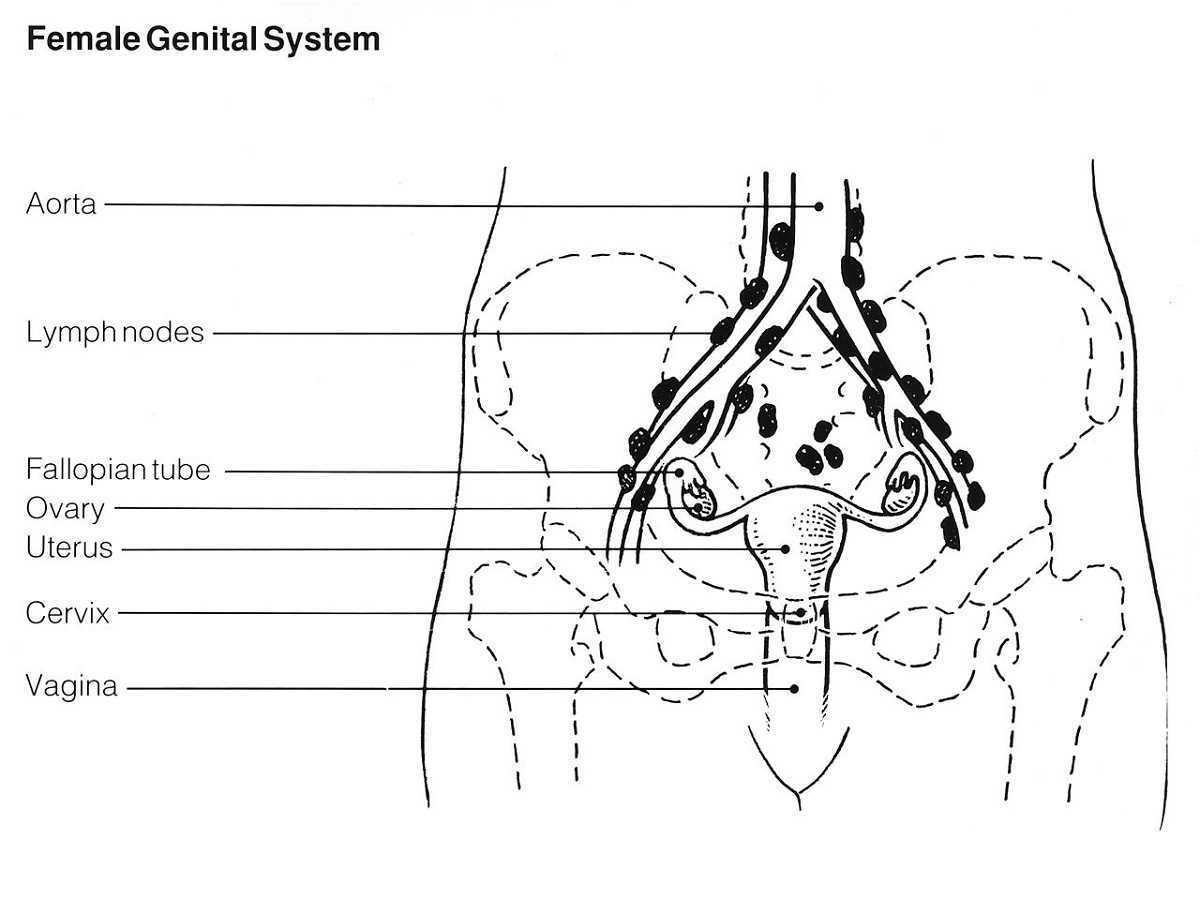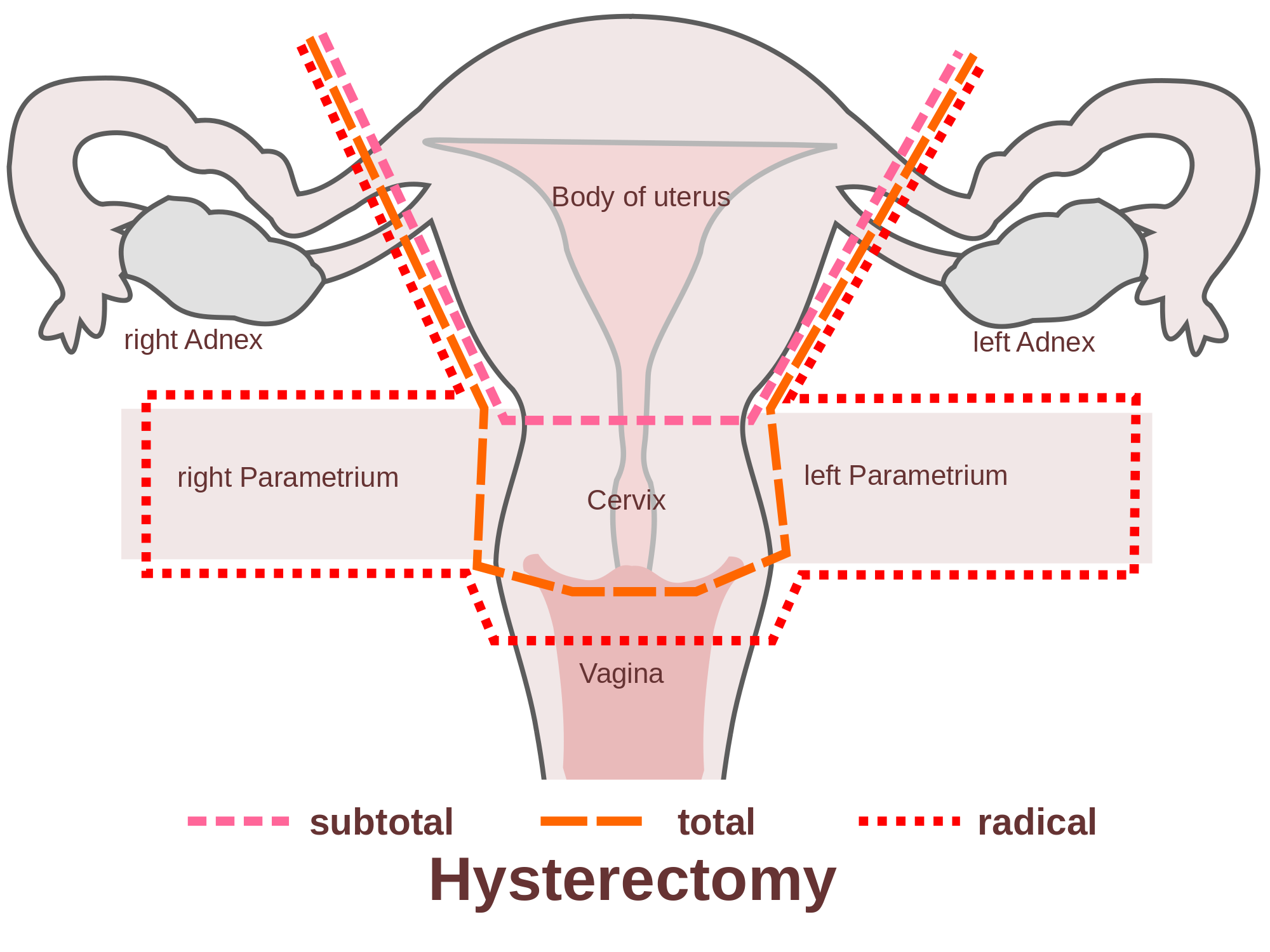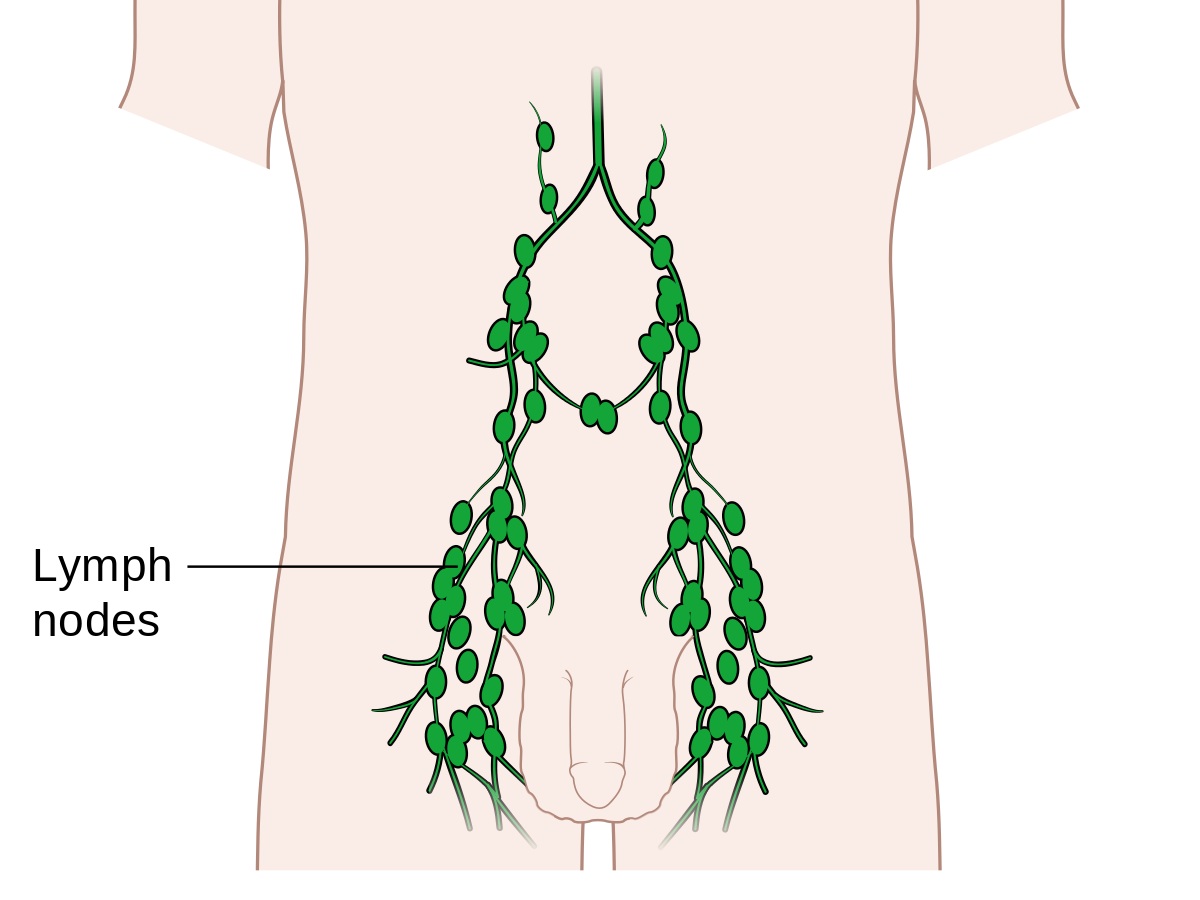Lymphatics and Pelvic Pain: New Strategies
| Price: $495 (Early Registrant Price $475) Experience Level: Beginner Contact Hours: 16 |
Patients who have pelvic floor dysfunction frequently present with a variety of comorbidities and symptoms. One potentially severe complication of pelvic issues is a disruption in the lymphatic system that may lead to lymphatic congestion. Manual lymph drainage (MLD) is an intervention that pelvic rehabilitation providers can offer alongside manual therapy, therapeutic exercise, education, behavioral therapies, and other modalities for patients who present with pelvic floor dysfunctions and pain.
This 2-day training begins by teaching the fundamentals of lymph anatomy and physiology in addition to the identification, staging and classification of lymphedema. This continuing education course emphasizes the benefits of utilizing manual lymph drainage for patient with pelvic pain. The participants will be instructed in an approach for Complete Decongestive Therapy (CDT) that emphasizes pelvic lymphatic decongestion to utilize in conjunction with current interventions for pelvic pain. As you will see in the training course, this approach is warranted for a variety of pelvic floor dysfunction including: painful bladder syndrome, vulvodynia, vaginissmus, and many more.
Course attendees will learn how to examine the lymphatic system, how to integrate concepts of pelvic lymphatic dysfunction with common pelvic pain diagnoses, as well as how and when to apply appropriate manual lymphatic drainage techniques for specific patient presentations.
An emphasis is placed on hands-on practice with MLD, and several hours within the continuing education course are devoted to lab activities. Participants will not only learn standard lymph drainage protocols, but also how to adjust and supplement existing protocols with new decongestion MLD techniques for pelvic pain relief. At the end of this 2-day course, therapists can leave with a well-defined protocol for treating pelvic pain patients using manual lymphatic drainage.
Come and see how a lymphatic therapeutic approach is beneficial for reducing pain in patients with pelvic floor dysfunction.
Audience:
This continuing education seminar is targeted to physical therapists, occupational therapists, physical therapist assistants, occupational therapist assistants, and other rehabilitation professionals. Content is not intended for use outside the scope of the learner's license or regulation. Physical therapy continuing education courses should not be taken by individuals who are not licensed or otherwise regulated, except, as they are involved in a specific plan of care.
Assignments:
Participants are to complete the first objective by viewing a 20 minute video on the lymphatic system prior to the course date. This video will be emailed to participants 1 week before the course.
References
Dunberger, G., Lindquist, H., Waldenström, A. C., Nyberg, T., Steineck, G., & Åvall-Lundqvist, E. (2013). Lower limb lymphedema in gynecological cancer survivors—effect on daily life functioning. Supportive Care in Cancer, 21(11), 3063-3070.
Rasmusson, E., Gunnlaugsson, A., Blom, R., Björk-Eriksson, T., Nilsson, P., Ahlgen, G., ... & Kjellén, E. (2013). Low rate of lymphedema after extended pelvic lymphadenectomy followed by pelvic irradiation of node-positive prostate cancer. Prostate, 50(1), 4.
Vannelli, A., Basilico, V., Zanardo, M., Caizzone, A., Rossi, F., Battaglia, L., & Scaramuzza, D. (2013). Pelvic lymphedema in rectal cancer: a magnetic resonance feasibility study: a preliminary report. Eur Rev Med Pharmacol Sci,17(7), 929-35.
Yost, K. J., Cheville, A. L., Al-Hilli, M. M., Mariani, A., Barrette, B. A., McGree, M. E., ... & Dowdy, S. C. (2014). Lymphedema After Surgery for Endometrial Cancer: Prevalence, Risk Factors, and Quality of Life. Obstetrics & Gynecology, 124(2, PART 1), 307-315.
Upon completion of this course, participants will be able to:
1. Understand the design and purpose of basic lymph flow in the circulatory system.
2. Create a visual representation of the lymph physiology at the capillary bed.
3. Identify, stage and classify lymphedema.
4. Review current pelvic pain diagnosis and physical therapy treatment.
5. Organize and interpret the involvement of the lymphatic system in a variety of pelvic pain patients.
6. Create a treatment protocol for pelvic pain patients and determine if MLD can be used or not.
7. Create and perform techniques to decrease lymphatic congestion, including intravaginal Manual Lymph Drainage for pelvic pain patients.
8. Review case studies with pelvic pain patients and define a lymphatic drainage approach to treatment.
| Day One: 8:00 Registration 8:30 Objectives, History, Anatomy and Physiology of Lymphatic System 10:00 Break 10:15 Lymphedema Defined 11:15 Manual Lymph Drainage Lab: Abdomen and Breathing Neck 12:00 Lunch 1:00 Complete Decongestive Therapy 2:00 Manual Lymph Drainage Lab: Pathways, Anastomose, Trunk, Pelvis, and Upper Extremity and Lower Extremity 5:00 Adjourn |
Day Two:
|
We always want to hear from those interested in hosting our courses. We work with healthcare organizations of all types, sizes, and locations. Please, Contact us about Hosting Lymphatics and Pelvic Pain: New Strategies or any other course!
Debora was very pleasant, knowledgeable, and delivered the material beautifully. I really enjoyed interacting with her and look forward to another course with her!
-Breann Suddock, PT, DPT - Gilbert, AZ
This was a class I've been looking forward to for quite some time. Debbie is so knowledgeable and gave us great tools that we can use with our pelvic pain patients.
- Shannon DeSalvo, PT - Leawood, KS
This was my 1st CEU & 1st experience working with Pelvic conditions. Deborah promoted a comfortable environment and explained the techniques well.
- Erin Gallagher, PTA - Bryan, TX
The Lymphatic system is a system that is under looked and this course added another dimension of care that will benefit my clinical practice. I would highly recommend this course to other practitioners.
- Kathleen Sumner, PT, WCS - Doylestown, PA
I can think of so many patients I currently have that will benefit from this additional tool in my tool box (smiley face) I now want to pursue more MLD trainings! This is a wonderful addition to the Herman & Wallace programs.
- Constance Parry, PT - Dallas, TX
I learned some wonderful new skills that I will be able to use tomorrow in clinic. I am thrilled about my new skill.
- Vanda Szekely - Albuquerque, NM





